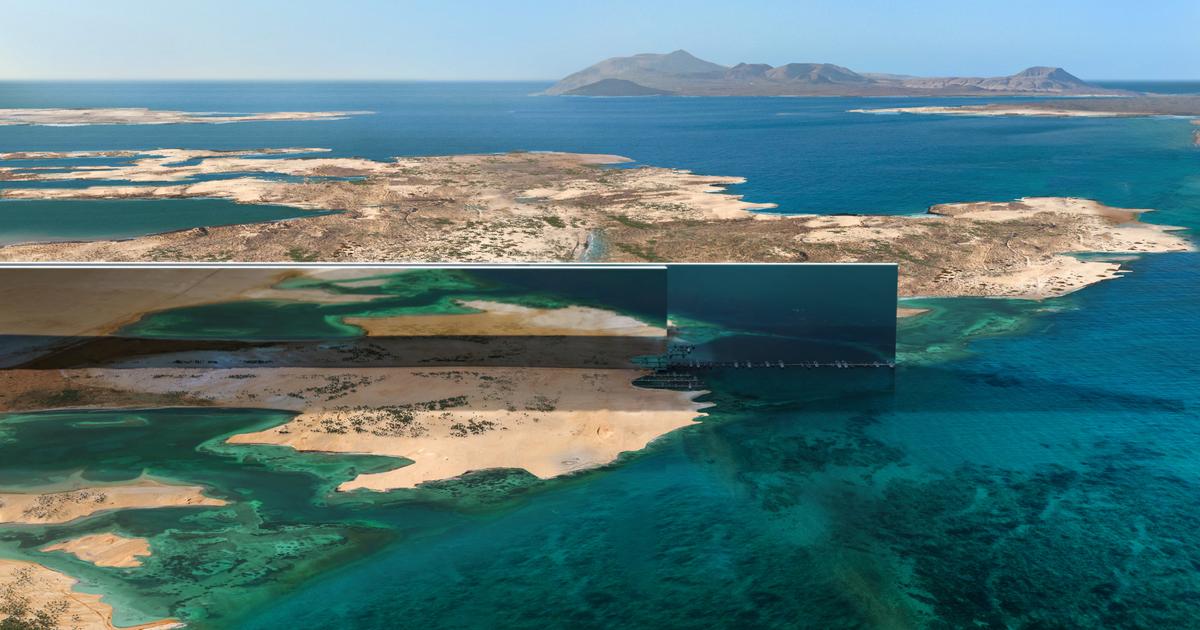Windmills in the Sierra de El Tallat wind farm in Tarragona.Josep Lluis sellart (EL PAÍS)
The Generalitat will announce this Friday a roadmap on energy that it has baptized as the Energy Prospective of Catalonia 2050 (Proencat).
The report breaks down the needs that are urgent in the short and medium term, even more so when the three nuclear power plants of Ascó and Vandellòs, which provide more than half of the electricity demanded by Catalonia, have the closure date set for 2030 and 2031. Catalan executive wants to try to make up for lost time by using the entire arsenal of renewables.
For now, it is planned to plant more than 500 land-based windmills to gain 3,200 megawatts (MW) in eight years.
To this will be added the necessary infrastructure to reach the 1,000 MW of offshore wind power promised by the Minister of Climate Action, Teresa Jordà, around 60 more turbines facing the coast.
More information
Catalonia now urges to put mills in the sea to comply with renewables
Jordà stated this week in Denmark that Catalonia "needs" to have offshore wind power installed by the year 2030. The demonstrations reveal a sudden commitment by the Government to an energy source, marine windmills, which until now has had scant institutional support.
But, the calendar is rushing and the energy sketch sets an accelerated deployment of wind and photovoltaic.
The figures reveal that the Generalitat's neglect of the different forms of renewables has been transversal.
The deployment of wind farms remains stuck and solar farms represent an anecdotal contribution.
Catalonia is traveling in the caboose of the energy transition, far from the communities that have made a clear commitment to green energy.
Castilla y León has more than 6,000 installed wind megawatts, Aragón exceeds 4,200 MW, and Castilla-La Mancha and Galicia are close to 4,000.
Catalonia, with 1,271 MW of wind power, lags behind, even behind Andalusia and Navarra.
"We are going very late," laments Jaume Morron, manager of the EolicCat employers' association.
The Parliament and the Generalitat are subject to the objectives set by the Catalan energy transition law, according to which, by the end of 2030, Catalonia must have 6,000 photovoltaic megawatts and 4,000 wind MW in operation.
In the case of photovoltaics, to meet the requirements, it would be necessary to multiply the currently installed capacity by twenty.
As far as onshore wind power is concerned, there is a gap that exceeds 3000 MW.
Standard wind turbines generate a force of 6 MW, which is why it is necessary to install more than 500 windmills in eight years in order to have the power demanded.
Sources from the wind sector indicate that "possibly there will have to be more mills, because there are park projects where they want to install smaller machines."
Catalonia currently has 811 mills installed.
The procedures for two new parks promoted by Naturgy in Terra Alta, 15 wind turbines in total, and another installation of 20 turbines in Llardecans (Garrigues) are advanced.
Their connection to the grid is planned for this year and they will contribute 100 MW.
Pending work to start is a 26 MW park located in Duesaigües, Baix Camp, and a couple of projects continue to be much greener, in Baix Ebre and Empordà, which have not yet passed the public exhibition phase.
Opposition to the projects
The visual impact and the occupation of land that is required to lay wind infrastructure is one of the points that generates the most friction, and the argument put forward by city councils and groups that oppose living with a view to wind turbines.
During her recent trip to Denmark, Teresa Jordà pointed out that "an offshore wind farm has an annual electrical energy production per megawatt and per square meter that is much higher than that of a solar photovoltaic installation or an onshore wind farm", and highlighted that energy offshore wind power "can reduce the occupation of territory".
One aspect, that of the demand for square meters, which emerges especially in the extensions of solar farms.
The contribution of photovoltaic is now much lower in Catalonia, 344 MW, and find a way to grow to more than 6.
The sudden defense of the marine parks carried out by the Minister of Climate Action invites us to think that the Government is going to make a move in this area.
Always, but, following the guidelines set by the Ministry for the Ecological Transition, which is the one that has the competences in what affects the coastline.
Exclusive content for subscribers
read without limits
subscribe
I'm already a subscriber

/cloudfront-eu-central-1.images.arcpublishing.com/prisa/WN3AOPKNH4YIAIQ3VFYHPKOCMI.JPG)


/cloudfront-eu-central-1.images.arcpublishing.com/prisa/UL6UMA4R55G27HIEU6NGDWNOWU.jpg)




